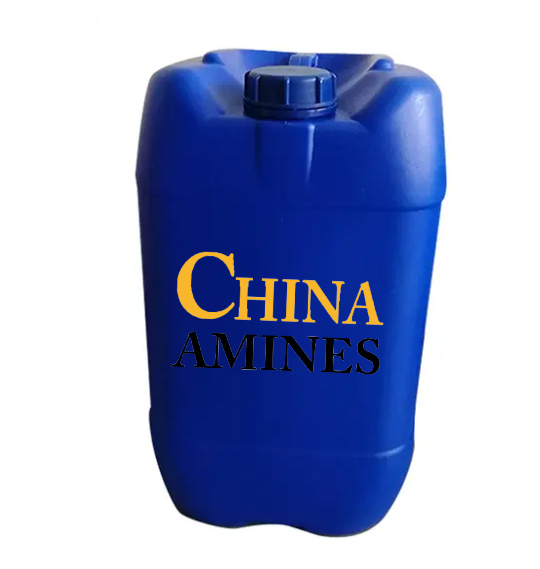1. Chemical Structure and Properties
Molecular Formula: C₄H₉NO
Structural Formula: CH₃C(O)N(CH₃)₂
A polar aprotic solvent with an acetamide core and two methyl groups attached to the nitrogen atom.
Physical Properties:
Appearance: Clear, colorless liquid with a faint amine-like odor.
Boiling Point: 165°C; Density: 0.94 g/cm³; Vapor Pressure: 0.3 mmHg at 20°C.
Solubility: Miscible with water, alcohols, ethers, and most organic solvents.
Chemical Properties:
High Polarity: Dipole moment of 3.8 D, suitable for dissolving polar and ionic compounds.
Thermal Stability: Stable up to 300°C; decomposes into methylamine and acetic acid under extreme heat.
Reactivity: Serves as a catalyst in Friedel–Crafts alkylation and palladium-catalyzed cross-coupling reactions.
2. Industrial Applications
Polymer Production: Used as a solvent for polyurethane (PU) elastomers, polyimide films (e.g., Kapton®), and acrylic fibers.
Example: Dissolves PU precursors for synthetic leather and adhesives (e.g., BASF’s Elastollan®).
Pharmaceuticals: Employed as a solvent in peptide synthesis, antibiotic production (e.g., penicillin), and anticancer drug preparation (e.g., doxorubicin).
Electronics: Utilized as a photoresist stripper in semiconductor manufacturing (e.g., Intel 10nm process), and as a lithium-ion battery electrolyte additive.
Textiles: Solvent for spinning aramid fibers (e.g., Kevlar®) and cellulose derivatives.
3. Safety and Toxicology
Health Hazards:
- Hepatotoxicity: Associated with elevated liver enzymes and fibrosis in long-term exposure.
- Reproductive Toxicity: Classified as potentially teratogenic (EU CLH: H360D).
- Inhalation (≥10 ppm): Causes respiratory irritation, dizziness, and headaches.
- Skin Contact: Permeable through skin, may lead to hepatotoxicity and reproductive harm.
- Ingestion: Toxic to liver and kidneys (oral LD50 rat: 3,000 mg/kg).
Fire and Explosion Risks:
- Combustible (flash point: 70°C).
- May form explosive peroxides upon long-term storage.
Protection Measures:
- PPE: Silver Shield®/4H® gloves, full-face respirators with organic vapor filters.
- Storage: Blanketed with inert gas (e.g., nitrogen) to prevent peroxide formation.
4. Environmental and Regulatory Compliance
Environmental Impact:
- Aquatic Toxicity: LC50 (fish, 96h): 100–500 mg/L; EC50 (daphnia): 50–200 mg/L.
- Biodegradability: Moderate (OECD 301F: ~40% in 28 days); persistent in anaerobic conditions.
- Atmospheric Fate: Reacts with hydroxyl radicals; half-life ≈ 5 days.
Regulatory Frameworks:
- China: GB 13690-2009 – Classified as Class 3.3 Flammable Liquid & Hazardous Chemical.
- USA: OSHA PEL: 10 ppm (skin); EPA: Listed on TRI.
- EU: CLP Regulation – Repro. Tox. 1B (H360D), Acute Tox. 4 (H302), Skin Irrit. 2 (H315); REACH – Restricted for consumer use.
Transport:
- UN Number: UN 3082
- Hazard Class: 9 (Miscellaneous Dangerous Goods)
5. Case Studies and Application Insights
Case 1: Aramid Fiber Production
Process: DMAC dissolves poly(p-phenylene terephthalamide) for spinning Kevlar® fibers.
Efficiency: 98% solvent recovery via vacuum distillation minimizes environmental impact.
Case 2: Semiconductor Photoresist Stripping
Application: TSMC employs DMAC-based strippers to clean EUV photoresist during 3nm node fabrication.
Performance: Achieves 99.9% residue removal without etching damage to silicon substrates.
Comparative Analysis:
Pros: High thermal stability, low volatility, strong solvency.
Cons: Higher toxicity than NMP, which lacks Repro. Tox. classification but is 25% more expensive.


